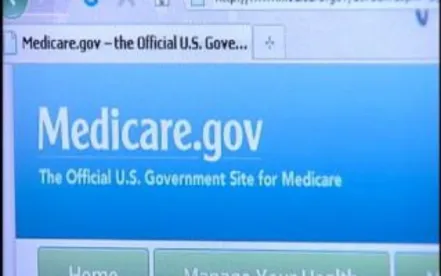Physicians and other providers can take a deep breath as Congress has acted to prevent the trio of Medicare payment cuts that were set to take effect at the beginning of 2022—a 3.75% cut due to scheduled changes in the Medicare Physician Fee Schedule (“PFS”), a 2% cut for Medicare sequestration, and a 4% Statutory Pay-As-You-Go (“PAYGO”) Act cut would have slashed Medicare payments by nearly 10% during a tumultuous time for healthcare. The Protecting Medicare and American Farmers from Sequester Cuts Act (S. 610) was approved by the U.S. House of Representatives on December 7 and passed the U.S. Senate on December 9, 2021. The bill has been sent to President Biden’s desk for his signature.
The Act includes:
-
A one-year increase in the Medicare PFS of 3%;
-
A delay in resuming the 2% Medicare sequester for three months, followed by a reduction to 1% for three months; and
-
Erasing the 4% Medicare PAYGO cut, and preventing additional PAYGO cuts through 2022.
Both members of Congress and physician advocacy groups lobbied intensely against the cuts. In an October 14 letter, Reps. Ami Bera, M.D. (D-CA) and Larry Buchshon, M.D. (R-IN) lead over 245 members of Congress urging U.S. House Leadership to take action to prevent a strain on patient access to care. “As a practicing surgeon for nearly 15 years, I believe that no doctor should have to worry about the uncertainty of looming reimbursement cuts while battling COVID-19 on the front lines,” said Dr. Bucshon.
Physician and other healthcare advocacy groups warned that these cuts were coming while physicians and other healthcare providers are facing staffing shortages and financial insecurity due to the COVID-19 pandemic. For example, in a joint letter to members of the California Congressional Delegation, the California Medical Association (“CMA”) and the California Hospital Association (“CHA”) estimate that the planned cuts to Medicare payments would cost California hospitals and physicians $1.1 billion and $85 million, respectively. According to a survey by CMA, “[p]hysicians are currently reporting an average of 35% reduction in revenue and a 15% increase in COVID-19-related expenses.”
Advocates against the cuts feared that the they would have a negative impact on patients. Gerald Harmon, President of the American Medical Association (“AMA”), released a statement warning that congressional inaction would lead to “reduced access to care,” and stating that “[t]hese cuts are unsustainable during normal times, and they are reckless during a public health emergency.”
This is not the first time that Congress has stepped in at the last minute to save off cuts to Medicare payments. Last year, to offset a 3.75% cut triggered by statutory budget neutrality requirements, Congress temporarily increased payment by 3.75% through the Consolidated Appropriations Act. That temporary increase is set to expire at the end of this year. Congress’ spending due to the public health emergency also triggered a 2% cut due to Medicare sequestration. Congress placed a moratorium on the 2% cut but that moratorium would have expired after December 31, 2021.
Providers are frustrated with the Congress’s approach. “Temporary payment fixes at the 11th hour to address cuts that are largely the result of fiscal spending decisions unrelated to Medicare cause unnecessary disruptions to the nation’s healthcare system,” said Andrew Gilbert, senior vice president for government affairs at the Medical Group Management Association (“MGMA”).
Still, it remains to be seen whether Congress will change course and start working on systemic reforms when it reconvenes next year. Stay tuned!




 />i
/>i

